5 Tips for Growing Medicinal Plants
Homesteaders thinking of planting a garden may want to leave a little room for growing medicinal plants. You already know the value of harvesting homegrown food and raising livestock like chickens and Jersey cattle. What you may not realize is how easy it is to include a homestead medicinal garden in your plans.
Once you plant a homestead medicinal garden, you never have to source dried herbs online or buy fresh herbs from the farmer’s market or grocery store. You have everything you need to make natural remedies for everything from a mild head cold to an upset stomach.
If you’ve never grown medicinal plants before, you might feel intimidated. Don’t be. We’re going to give you everything you need in this article to get you started on growing medicinal plants. Some of the things we’ll discuss include:
- How do medicinal plants grow?
- Can you grow medicinal plants on your homestead?
- Which medicinal plants grow fastest?
- Which medicinal plants are most beneficial?
- What are 5 tips for growing medicinal plants?
How do medicinal plants grow?
Medicinal plants aren’t any different than other greens you may grow on your homestead. They require fertile soil, a reliable water supply, and the right amount of sunshine to help them thrive. Most – but not all – herbs need 6 to 8 hours of sunshine daily and prefer well-drained, slightly alkaline soils. You also must keep them free from weeds and pests naturally for the best results.
Some homesteaders save space in their gardens for a section with medicinal herbs and other plants with healing properties. Ensuring you have the right soil conditions is crucial if you plan to use this method. However, it’s not necessary to have garden space for your herbs and other medicinal plants.
If you live on a smaller homestead and don’t have the space to spare, you can put your medicinal plants in outdoor or windowsill pots to grow. Doing so makes it easier to control the type of soil and drainage to ensure they thrive.
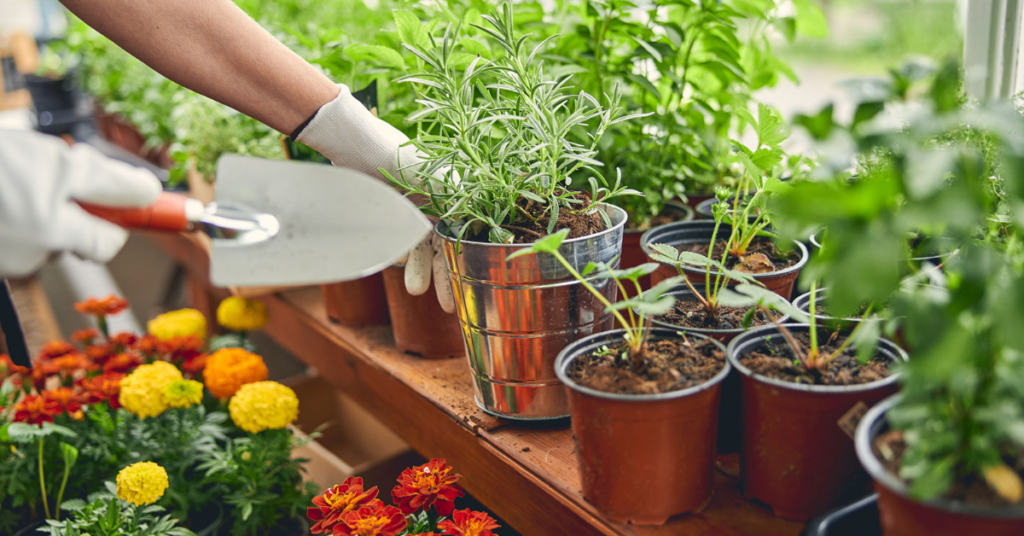
Can you grow medicinal plants on your homestead?
Yes, absolutely. If you’re growing them for your personal use, you aren’t violating any laws. However, if you want to sell your medicinal herbs to others, you must pay attention to federal, state, and local regulations.
You don’t need approval from the U.S. Food and Drug Administration (FDA) to sell your herbs and other medicinal plants. The FDA has the authority to act against you if you misbrand, mislabel, or misrepresent your products in any way to consumers, but that’s their only power.
The safest way to sell your herbs and plants is through a local farmer’s market or by word of mouth. Never tout them as a cure for anything, as that kind of language can get you into hot water with the FDA. Saying they may “help” or “support” certain conditions is the safest way to market them to others.
Some homesteaders find it convenient to grow any herbs they want to sell to others in smaller pots that can be included in the sale. That way, it’s no different than going to a home and garden store and buying potted plants.
However, if you plan to market yourself as a naturopath who primarily uses herbs to treat your patients, you must be licensed in the state in which you practice if your state requires it. You can verify any licensing requirements through your state licensing board.
Which medicinal plants grow fastest?
Some medicinal plants grow more quickly than others. If your goal is to grow as many as possible in a short time, you’ll want to consider these herbs. All the recommendations here germinate quickly from seeds, which means you can start them indoors at any time of the year.
Basil
Basil takes between 5 and 10 days to germinate from seeds. It’s sensitive to colder weather, so you’ll need to keep it in someplace where the temperature remains above 50 degrees Fahrenheit.
The parts of the basil plant that grow above ground can be used to make herbal medicine that supports stomach issues like constipation, diarrhea, gas, and loss of appetite.
Fenugreek
Fenugreek has many medicinal properties. It germinates just as quickly as basil and requires cool temperatures and full sunlight to thrive.
When taken by mouth, fenugreek works wonders for digestive problems. Nursing mothers may find it particularly helpful for increasing their breast milk supply. Fenugreek is safe for moms and babies.
Oregano
Oregano germinates in 8 to 14 days and prefers warmer temperatures of around 60 degrees F. If you’re worried about keeping it at the right temperature, plant it in a pot and keep it on a heating mat to regulate it.
A strong antioxidant, oregano can help protect you against chronic diseases like cancer and heart disease. It’s also effective at controlling inflammation.
Sage
Sage takes a little longer to germinate – around 2 to 3 weeks – but it’s worth the wait. This powerhouse herb is loaded with antioxidants and several nutrients proven to help with an array of health issues.
Among the many health benefits is lowering “bad” LDL cholesterol while raising “good” HDL cholesterol levels, which can protect you against heart disease.
Sage prefers temperatures around or above 60 degrees F. Water it once or twice a week during germination and keep the soil moist for the best results.
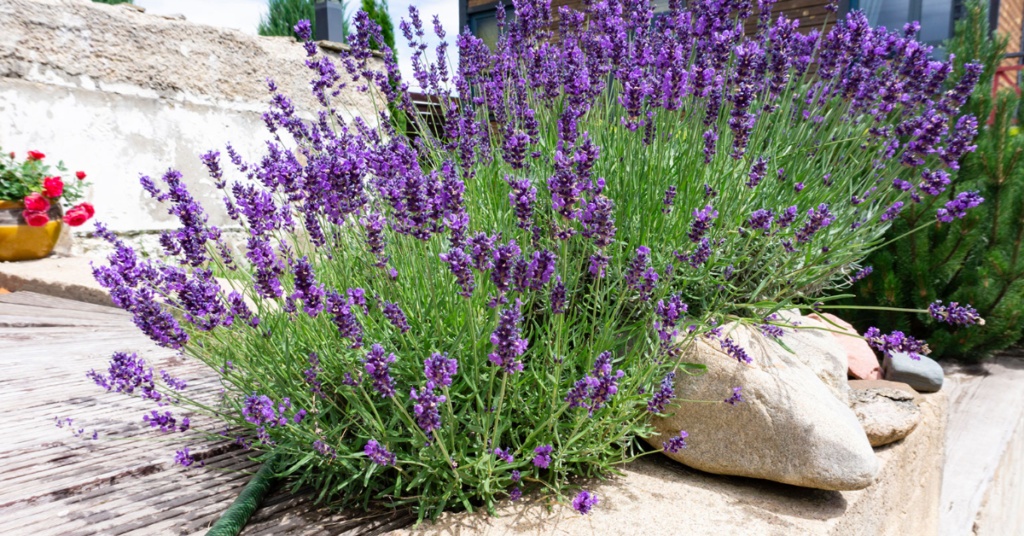
Which medicinal plants are most beneficial?
Medicinal herbs and plants require different growing conditions. We’ve already talked about the easiest herbs to grow on your homestead at any time of year. Each of those suggestions in the previous section has incredible health benefits, making them a worthwhile inclusion in your homestead medicinal garden.
If you have more space outdoors and want to go all-in, you may want to consider adding some of these plants to your list.
Medicinal plants for pain relief
When it comes to pain relief, you can’t beat the natural healing powers of feverfew, rosemary, and turmeric. Feverfew can help prevent migraines and headaches if you’re prone to either. Often called a form of “medieval aspirin,” it works best when dried.
Rosemary works wonders for digestive issues. Some evidence supports the perennial herb’s ability to enhance concentration and memory.
Turmeric is scientifically proven to prevent heart disease, Alzheimer’s, and cancer. It also has anti-inflammatory properties, making it popular for controlling some chronic health conditions.
Medicinal plants for sleep support
About 70 million Americans struggle with chronic sleep problems. They spend close to $50 billion annually on sleeping aids and remedies. Prescription sleep aids come with unpleasant side effects. Medicinal plants offer similar benefits naturally. Here are our top picks.
Aloe vera
You can drink it as juice or put it in some tea. No matter how you consume it, the results are the same. Aloe vera can help you achieve a better night’s sleep. Studies have shown that it significantly shifts our bodies toward more NREM sleep, the sleep stage otherwise known as “deep sleep.” It’s crucial for regenerating our bodies and brains.
Lavender
Lavender seems to come in just about every product on the marketplace these days (and for good reason). Its soothing scent encourages deep sleep by reducing your heart rate and blood pressure. You can steep it into a tea or make an essential oil with it for diffusing at bedtime.
Valerian
People across the globe have used valerian root for sleep disorders for centuries. Researchers have proven that it improves sleep by reducing anxiety – a common cause of restlessness.
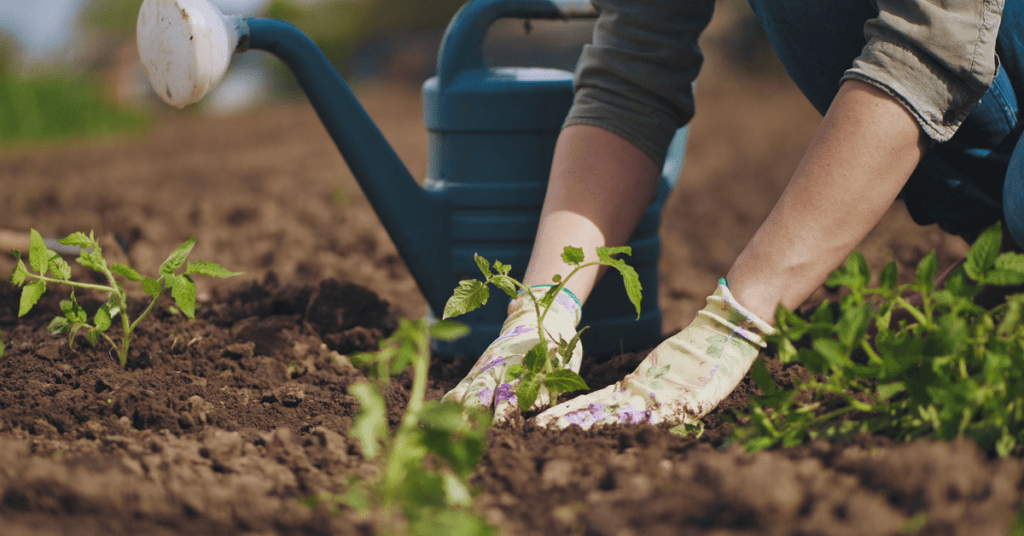
What are 5 tips for growing medicinal plants?
Now that you know about the benefits of medicinal herbs and plants and the easiest ones to grow on your homestead, let’s go over some other tips for success.
- Start small
Any time you try something new on your homestead, it’s good advice to start small until you get the hang of it. Growing medicinal plants comes with a learning curve, especially if you’re not naturally a green thumb at growing.
Choose 4 to 5 herbs that germinate quickly and can be managed easily to start. Once you achieve success, work your way down the list of plants you want to grow next. - Make a list of ailments
Do you have specific medical conditions you want to treat with herbs and medicinal plants? If so, make a list of your ailments and then do some research on which herbs and plants can support someone living with those conditions.
Once you have your list, do some more research on the ideal growing conditions for the recommended herbs and plants to decide if you can support them on your homestead. - Take a gardening class
If you’ve never gardened before it can be intimidating when you first try to grow any kind of herbs or plants on your homestead. Most agricultural extension offices offer classes on gardening. Check with yours to see if they have any educational opportunities or programs to help you get started. - Get a recipe book
Once you have your herbs and medicinal plants happily growing, you’ll want to find some recipes for preparing them. Many fresh herbs can be used in your cooking, which provides a convenient way to consume them and enjoy their health benefits. Some herbs and plants can be steeped for teas.
There are many recipe books available that walk you through how to prepare your herbs and medicinal plants for the best results. Choose one that you find easy to follow. - Learn preservation techniques
Most herbs and medicinal plants can be freeze-dried for preservation purposes. You don’t have to worry about them losing their taste or healing properties during the freeze-drying process. When done properly, freeze-drying and storing your herbs and plants can ensure you have a steady supply for years to come.
We’d love to hear any additional tips to help our readers successfully grow herbs and medicinal plants on their homesteads. Just include your advice in the comments section.
Happy homesteading, everyone!
Sources
Anti-Inflammatory Effects of Curcumin in the Inflammatory Diseases: Status, Limitations and Countermeasures. ncbi.nlm.nih.gov. Accessed October 5, 2022.
Basil – Uses, Side Effects, and More. webmd.com. Accessed October 5, 2022.
Dietary Supplements. fda.gov. Accessed October 5, 2022.
Effect of Inhaled Lavender and Sleep Hygiene on Self-Reported Sleep Issues: A Randomized Controlled Trial. ncbi.nlm.nih.gov. Accessed October 5, 2022.
Legal and Regulatory FAQs. americanherbalistsguild.com. Accessed October 5, 2022.
Nutrient antioxidants in oregano. pubmed.ncbi.nlm.nih.gov. Accessed October 5, 2022.
Sage tea drinking improves lipid profile and antioxidant defences in humans. pubmed.ncbi.nlm.nih.gov. Accessed October 5, 2022.
Sleep and Sleep Disorders. cdc.gov. Accessed October 5, 2022.
Study of Sedative-Hypnotic Effects of Aloe vera L. Aqueous Extract through Behavioral Evaluations and EEG Recordings in Rats. ncbi.nlm.nih.gov.
Therapeutic effects of rosemary (Rosmarinus officinalis L.) and its active constituents on nervous system disorders. ncbi.nlm.nih.gov. Accessed October 5, 2022.
Valerian Root for Sleep. sleepfoundation.org. Accessed October 5, 2022.
In our kitchen, we only use cultures from Cultures for Health.
Get yours here and start culturing today.
Popular Articles
Newsletter
Get signed up to get latest updates and new information from the Jersey Milk Cow!
This site uses Akismet to reduce spam. Learn how your comment data is processed.
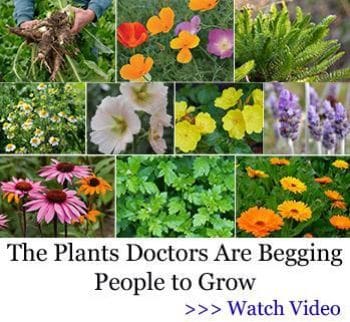
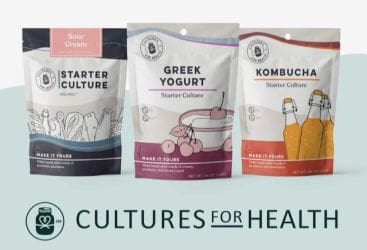
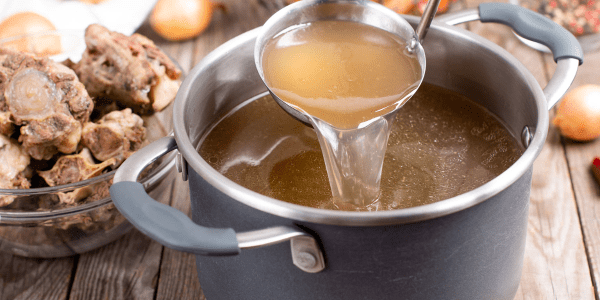
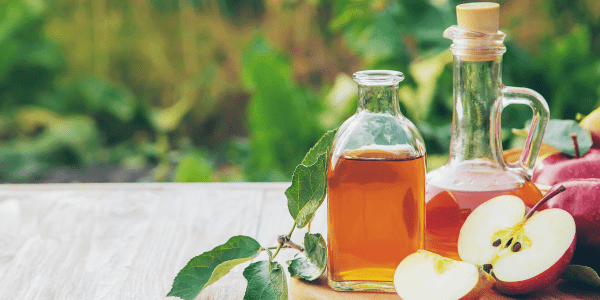
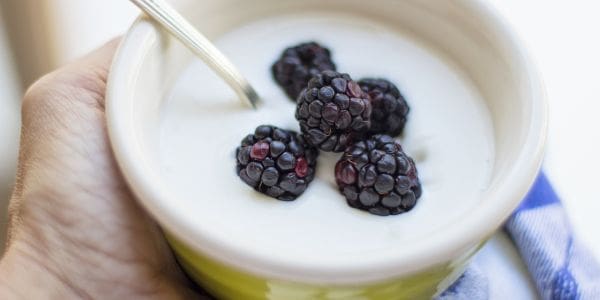


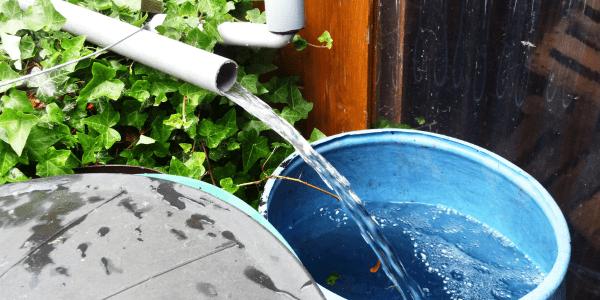
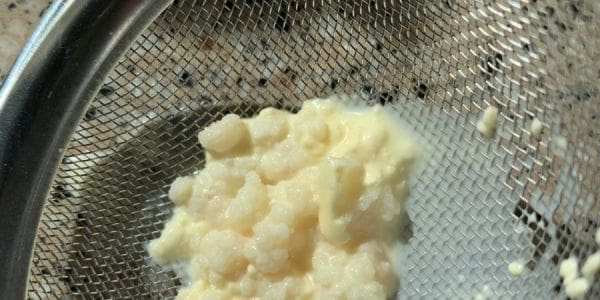

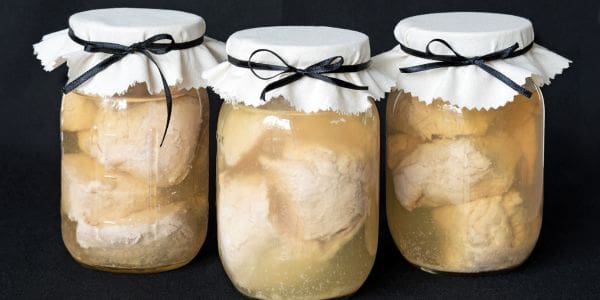
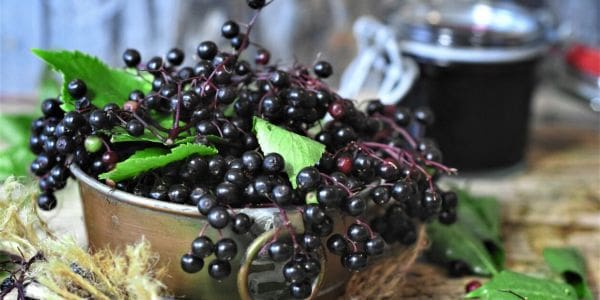
Leave a Reply